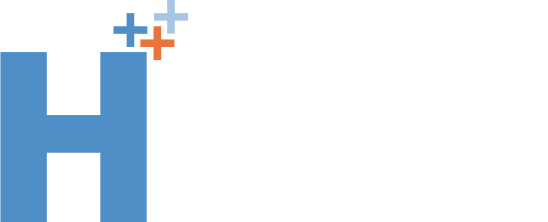Decorative Paint Facility

Collaborative Engineering and Detailed Design for Leading Aerospace Firm’s New Decorative Paint Facility in Charleston, SC.
The customer constructed a new decorative paint facility on their Charleston, South Carolina plant site. Due to the size and complexity of this project the overall team consisted of several subconsultants each an industry expert. Coordination and collaboration with these stakeholders, each with different needs was needed.
How We Did It
The facility included two bay designs to accommodate the client’s “Dreamliner” model 787-10.The final building design location allowed for the future addition of a third paint bay and flight line expansion to the south.
The facility was configured to provide makeup air for all modes of operation from an overhead ceiling plenum. Exhaust air was collected in a trench along the center of each bay and aircraft position. Computational fluid dynamics was performed to validate the effectiveness of the paint overspray collection system.
Harris Group adopted a collaborative project management approach and infused this throughout a team of local and out of state firms. Major design changes were quickly vetted and optimized for shareholder review and implementation. For example, the downdraft air system initially was very complex, expensive and difficult to build. The team developed a cost-effective alternative that served the dual purpose of wash water and firewater storage and reclamation. Program changes drove significant changes to building layouts. The design efforts continued across multi-offices and time zones while changes were addressed. The team focused on schedule, fit for use, and cost paid dividends at project completion. On occasion, Harris Group resources stepped up and took on addition project scope, to assist our partners and complete all the work on schedule.

“I wanted to thank Harris Group for their hard work and determination to deliver the 90% Design Deliverable on schedule. The effort required to deliver over 1800 drawings, a monumental achievement that more than deserves recognition.”
Aerospace Client Project Manager, Decorative Paint Facility
The design included programming of the occupied spaces for paint crews, maintenance staff, engineering, office support staff, and customer areas. Evaluation of work flow, material receiving and distribution to the work areas, and handling of waste materials was designed to meet LEAN criteria.
Design development also included optimization of the main structure and support areas. Design development included best option analysis for the main process air ventilation system, considering both down flow and nose to tail air flow configurations. Value engineering for a building with 360,000 SF of complex process ventilation and energy efficient equipment created difficult design situations.
Floor plan space programming was also a key success factor. A wastewater pretreatment system was required to accommodate a diverse chemical stream, and intermittent flow rate. A key challenge was to hold our design team partners, and ourselves, accountable for meeting this building program’s schedule.





































